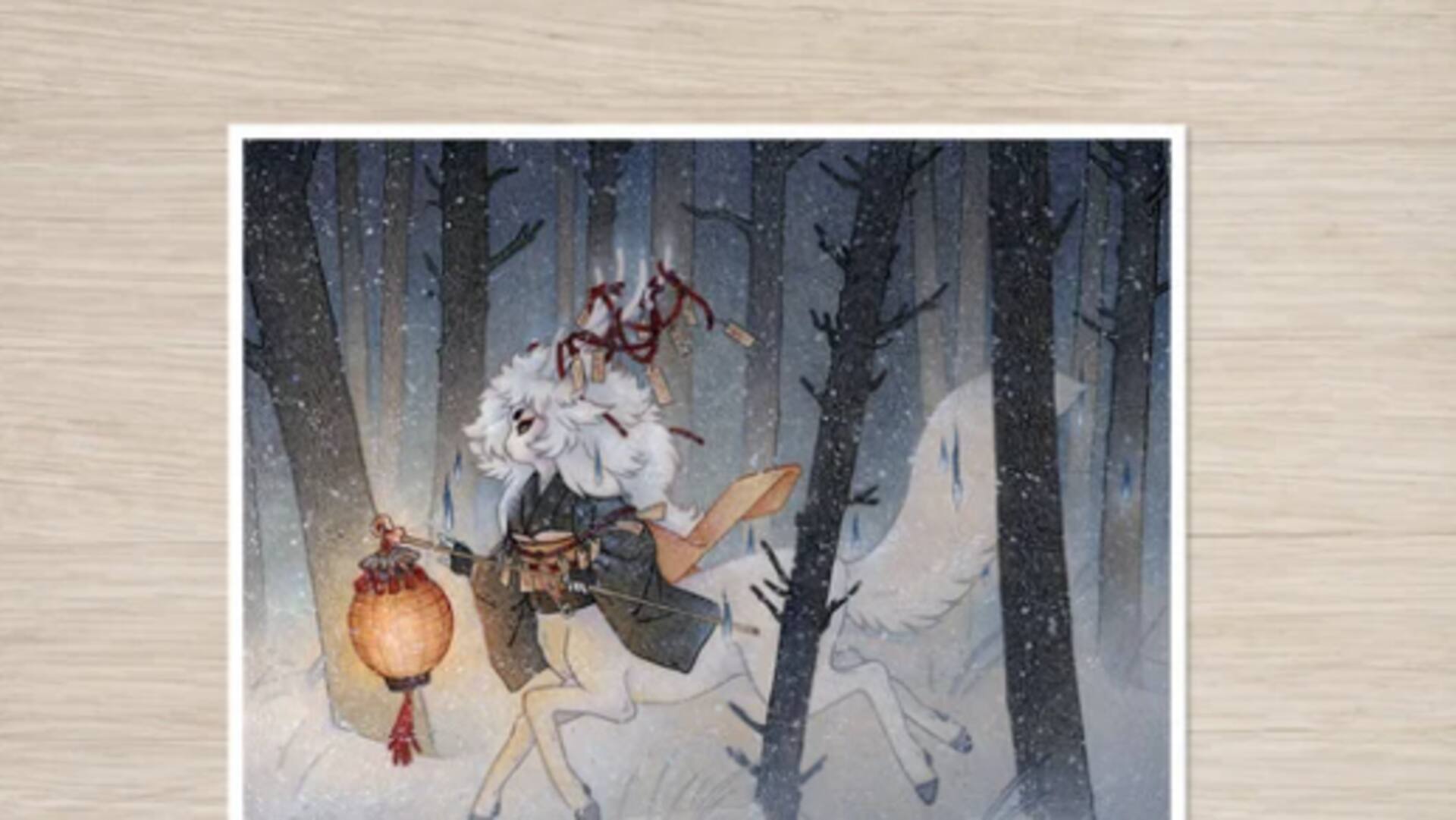
Discover the art of Japanese yokai
What's the story
Japanese yokai art provides an intriguing window into the country's amazing folklore, embodying the spirit of mythical creatures and supernatural beings. They are visual stories that animate tales told through generations. Through these pieces, one can learn about cultural beliefs, societal fears, and historical contexts that have influenced Japan's art scene. This article covers different facets of yokai art, its importance, and its influence on traditional and modern culture.
Historical roots
Origins of yokai art
Yokai art dates back to ancient Japan, where stories of supernatural beings were passed down orally within communities. These eventually transitioned into visual forms in the Edo period. Artists started depicting these creatures in scrolls and paintings, often with exaggerated traits, to highlight their ethereal nature. The emergence of woodblock printing further popularized these images, reaching a larger audience.
Cultural significance
Symbolism in yokai art
"The symbolism embedded within yokai art reflects deep-rooted cultural beliefs and values," said the team. "Each creature often embodies specific traits or moral lessons relevant to society at the time." For instance, some yokai are depicted as mischievous tricksters, while others serve as protectors against evil spirits. Understanding these symbols provides valuable insights into how people perceived the world around them.
Contemporary impact
Influence on modern media
Yokai art continues to dominate modern media, be it on page, screen, or console. Whether it's a manga, anime, film, or video game, creators take inspiration from traditional depictions, adding their own interpretations for modern-day audience. The combination opens up new storytelling opportunities for domestic viewers as well as international fans.
Conservation initiatives
Preservation efforts for yokai art
Museums and cultural institutions around the world are striving to preserve Japanese yokai art. They display rare pieces in exhibitions and conduct educational programs. These initiatives hope to create awareness among younger generations about Japan's artistic heritage. Challenges such as funding shortages exist, but strict guidelines ensure the authenticity of these projects. This work fuels a common vision of cultural preservation and appreciation for future generations.